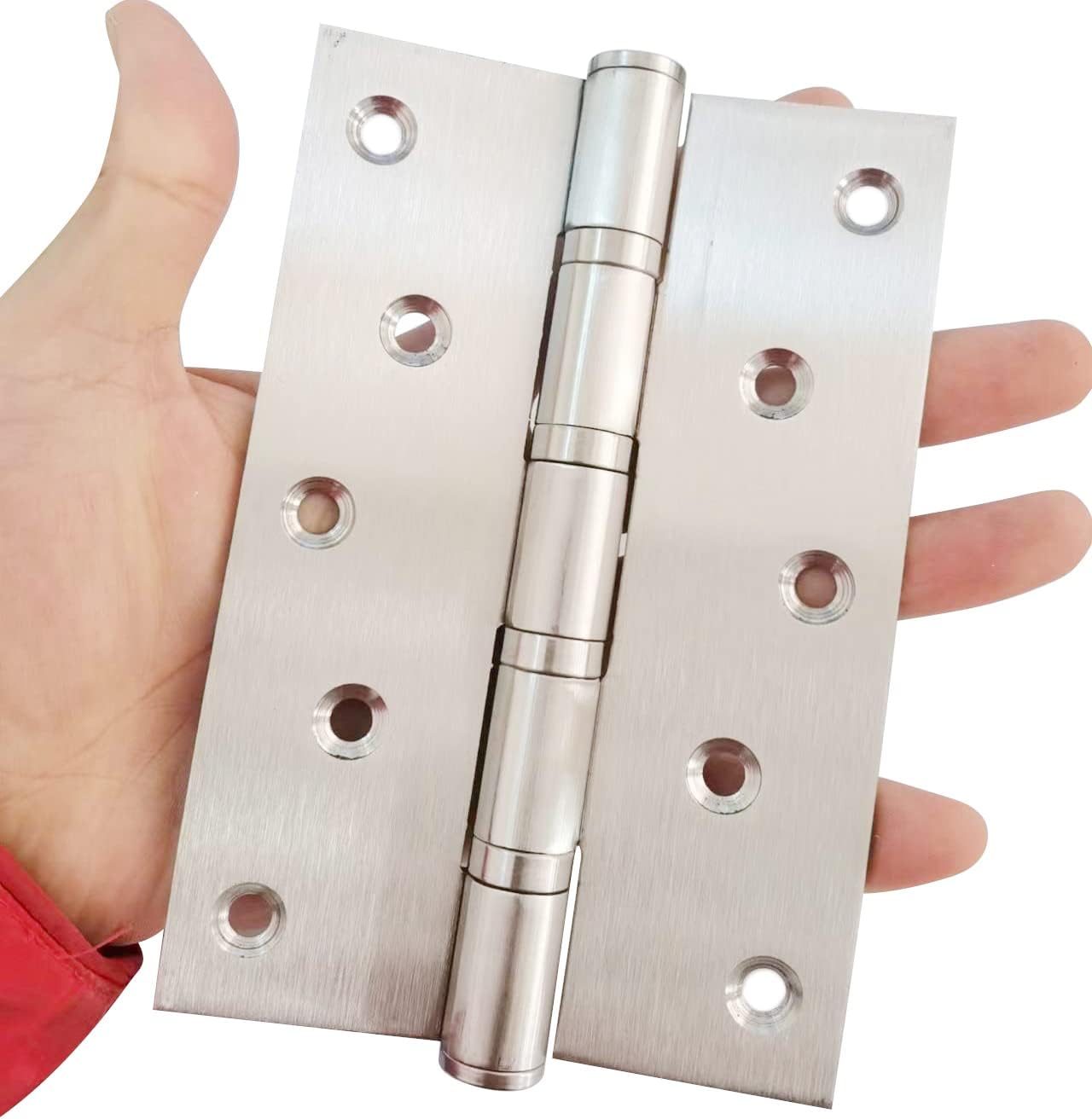A quiet home is a peaceful home, but that tranquility can be easily shattered by the persistent squeak or groan of a cabinet hinge. It's a common household annoyance that can make a simple act like getting a plate feel like a chore. If you find yourself wondering what you should do if the hinge makes unusual noises during use, you're not alone. The good news is that this is often a simple problem to solve with a bit of maintenance. Even the highest quality hardware, like precision-engineered concealed hinges with soft-close features, can sometimes require a little attention to keep them operating silently and smoothly.
Diagnosing the Squeak: Finding the Source of the Noise
Before you can silence a noisy hinge, you first need to understand what's causing the racket. More often than not, the culprit is one of a few simple issues. The most common cause is friction, which happens when the metal components of the hinge rub against each other without proper lubrication. This can be due to the original lubricant wearing off over time or becoming gummed up with dust and kitchen grease. Another potential cause is debris. Tiny particles of dirt can get lodged in the moving parts of the hinge, causing grinding or squeaking sounds. You should also check for loose components; if the screws holding the hinge to the cabinet or the door have loosened, the hinge can shift slightly during movement, creating stress and noise. Lastly, in older hinges or those in high-moisture environments like bathrooms, rust and corrosion can be the source of the problem, a reason why modern hinges made from high-grade, corrosion-resistant stainless steel are an excellent long-term investment.
Step-by-Step Guide: Cleaning and Lubricating Your Cabinet Hinge
For most noisy hinges, a thorough cleaning and re-lubrication is the perfect fix. So, what should I do to get started? First, gather your supplies: a clean cloth, a household degreaser or rubbing alcohol, and a suitable lubricant like a silicone spray or white lithium grease. Avoid oil-based lubricants like WD-40 for this task, as they can attract more dust and gunk over time. Begin by opening the cabinet door fully to expose the hinge mechanism. Use the cloth and degreaser to meticulously clean all accessible parts of the hinge, removing any visible grime, dust, or old lubricant. Once the hinge is clean and dry, apply a small amount of your new lubricant directly into the joints and pivot points. Open and close the cabinet door several times to work the lubricant deep into the mechanism. You should notice the noise disappearing almost immediately. Finally, use a clean part of your cloth to wipe away any excess lubricant to prevent it from dripping or attracting dirt.
Securing the Connection: Checking for Loose Screws and Misalignment
If cleaning and lubricating didn't completely solve the problem when the hinge makes unusual noises during use, the next step is to check for physical looseness. A wobbly hinge will not only make noise but can also lead to the cabinet door hanging incorrectly. Take a Phillips head screwdriver and carefully check every screw on the hinge, including those attached to the cabinet frame and the door itself. Gently tighten any that feel loose, but be careful not to overtighten and strip the wood. If the screws are tight but the door still seems off, you may have an alignment issue. Many modern concealed hinges feature three-dimensional adjustment capabilities. These small screws on the hinge body allow you to make micro-adjustments up, down, in, and out. A slight tweak to these alignment screws can often relieve the pressure that was causing the hinge to bind and make noise.
Knowing When to Upgrade: Is It Time for a New Hinge?
Sometimes, despite your best efforts, a hinge is simply at the end of its life. If you've cleaned, lubricated, and tightened everything and you still hear a persistent noise, it might be time for a replacement. Inspect the hinge closely for signs of significant wear, such as bent parts, visible rust that won't clean off, or a worn-out soft-close mechanism that no longer functions. Upgrading to a modern concealed hinge can be a revelation for your cabinetry. Advanced models made from high-grade steel with wear-resistant coatings are built for longevity and silent operation. The integration of a sophisticated soft-close feature ensures your doors will always close gently and quietly, protecting your cabinets from slamming. Furthermore, the easy clip-on mechanisms and user-friendly fittings on today's hinges make installation a straightforward project for any DIY enthusiast, transforming the feel and function of your entire space.








